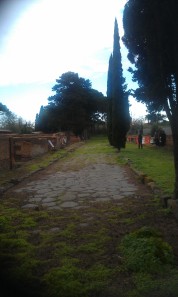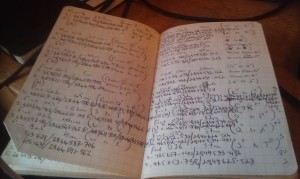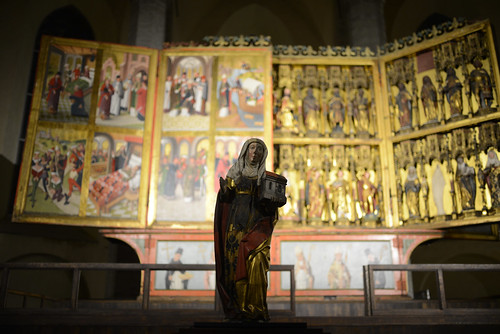
Publication Drawings
Drawing on site (Simon Keay)
At the moment we are working through preparation of drawings for the publication of Portus in both a book and online resource. The site is so big that the drawings are causing a particular headache.
Continue reading →








